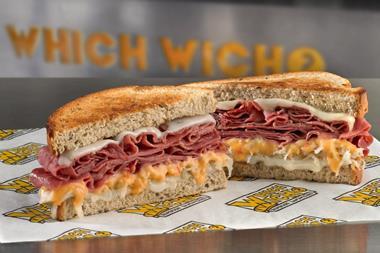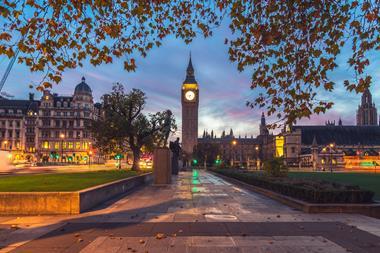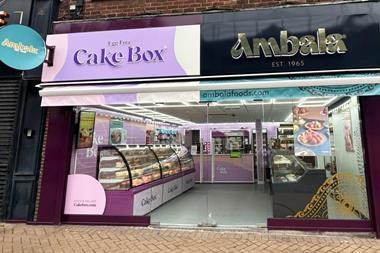Bakery and coffee shop chains have bucked the slump in high street store openings in 2017.
Overall store openings were at their lowest level in seven years, with an average of 11 every day in 2017, down from 12 a day in 2016, and 15 in 2013. An average of 16 high street stores closed each day last year.
The statistics are based on 2017 activity in the UK’s 500 largest towns by chains that operate at least five stores. Data was compiled by the Local Data Company for PwC.
There was a net increase of 16 bakery stores, with 76 sites opening and 60 closing. Cafés and tearooms recorded one of the strongest performances, with a net increase of 30 stores.
The number of coffee shops increased by 25, in contrast to a net closure of 66 pubs.
Hardest hit by the slump in high street retail were fashion and clothing stores, with a net loss of 314 sites, followed by shoe shops with a loss of 86. There have been steep declines in bank, estate agent and travel agent numbers, which reflected rising customer use of online and app services, said PwC.
The data showed that the second half of 2017 saw substantially more closures and fewer openings than the first six months of the year.
“We saw volatility from month to month and across different sectors as wage growth failed to keep up with inflation, forcing many shoppers to think more carefully about their spending habits,” said PwC consumer markets leader Lisa Hooker.
She added that many retailers had been impacted by online shopping.
“Digital offerings are increasingly becoming make or break in areas like fashion, but also for banks, travel agents and estate agents. For these sectors, store closures are less driven by the market environment and more by bigger structural changes, as customers increasingly expect to interact with their service providers online or via apps.”
Hooker said retailers needed to ensure they had a clear brand and product offering.
%%Quote_22%%
“The winners at the moment, such as nail bars, coffee shops, bookstores and craft beer pubs, are all flourishing because they serve the needs of emerging consumer segments, such as experience-seeking millennials, and offer a differentiated physical proposition that online offerings can’t compete with,” she added.
It was a view echoed by Lucy Stainton, senior relationship manager at The Local Data Company, who said the parts of the market with the highest growth rates largely have ‘experience’ in common.
“Consumers are still very social and want to engage with their high streets and physical space in a way which perhaps replaces traditional shopping activities, some of which has moved online,” she added.
“Likewise, these corners of the retail landscape play well for consumers looking for more affordable luxuries as consumer uncertainty persists and spending remains of a cautious nature.”
Largest increases
Largest declines
































No comments yet